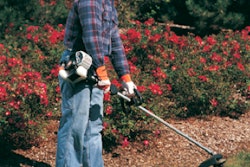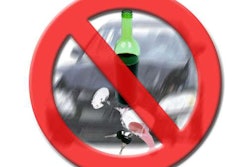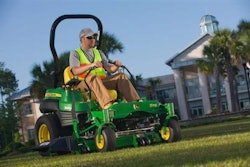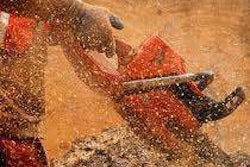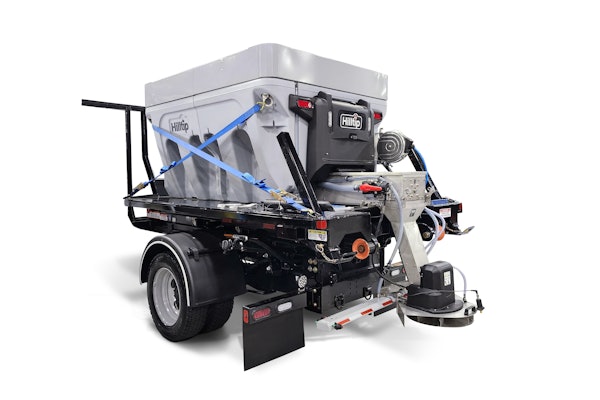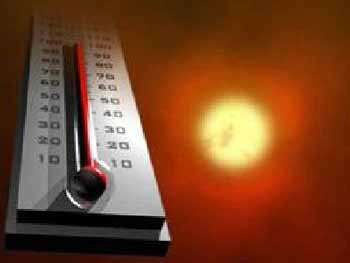
Those who suffer heat stroke usually have a body temperature higher than 104. “Once your core body temperature gets that high, it’s like your organs start to cook,” Bergeron says.
One thing many people don’t understand about heat stroke is that it’s literally a stroke, says Dr. Jeff Kalina, associate director of emergency medicine at The Methodist Hospital in Houston. Blood flow to part of the brain stops, and part of the brain dies.
Heat stroke is the culminating stage in a series of heat-related illnesses that begins with dehydration.
Kalina says progression from dehydration to heat exhaustion to heat stroke can take hours or as little as 20 minutes depending on your weight, general health, how vigorously you’re working, how hydrated you were before you began working, the weather and other factors.
Don’t wait until you’re thirsty
If you’re thirsty, you’re already dehydrated, Bergeron says. Other signs of dehydration include a cool, clammy feeling at odds with the temperature and not urinating. Kalina says you’re not drinking enough if you aren’t urinating every two to three hours. “As inconvenient as it might be [to take a restroom break], it’s the safest and best thing for your body,” he says.
The standard 64-ounces-of-water-per-day rule doesn’t apply to people laboring in hot weather. You might need to drink more than 2 gallons, Kalina says.
If you think you’re dehydrated, go to a cool or shaded area and drink water or a sports drink. You can return to work when you feel better.
Heat exhaustion: The clock is ticking
Your condition has advanced to heat exhaustion if you feel dizzy, weak or lightheaded, have a headache, vomit, pass out or experience labored breathing.
Begin drinking a sports drink, if you can, as it will replace depleted electrolytes and glucose. Body heat escapes primarily through the scalp and feet, so take off your hat, shoes and socks. At this point, you need medical evaluation and will likely require intravenous rehydration, Bergeron says. Have a co-worker drive you to the nearest emergency room or call 911.
Heat stroke: A medical emergency
If you’ve suffered a heat stroke, lowering your body temperature and obtaining medical help will be up to your co-workers. Likewise, you need to be able to recognize heat stroke symptoms in fellow workers. Signs include bizarre behavior, combativeness, irritability, lack of sweat, seizures, paralysis and loss of vision or consciousness.
Never leave a person exhibiting these symptoms alone. If a seizure occurs, turn the person on his side, tilt his head back and thrust his jaw forward, Bergeron says, in order to keep the airway open. Call 911 immediately, move the worker to shade and try to get him to drink. Spray or wipe the skin with cool water and fan the person.
What not to wear
The body cools itself when perspiration evaporates from the skin, and the majority of heat escapes through the top of your head. Snug garments and hats prevent evaporation. Wear a loose, wide-brimmed hat instead. Also avoid tight clothing and dark colors. Cotton and breathable fabrics manufactured for outdoor workers or athletes are the best materials.

